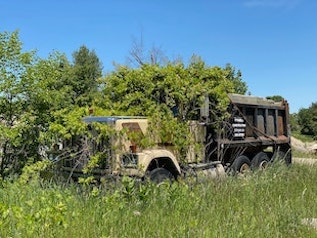After appealing the case to the Patent Trial and Appeal Board, Forge IP has obtained a reversal of all rejections that were issued for a patent application entitled “Reward System for Micro Influencers In A Social Media Marketing Campaign” on behalf of Spaco LLC.
The application is directed to a system for conducting a social media marketing campaign. Specifically, the system enhances the efficiency of activity by micro influencers by gamifying the influencing process. A particular marketing campaign is established, in which numerous influencers take part, and the results produced by each of those influencers among their audience are tracked and compared with those of other influencers. Different point values are awarded for different types of social media reactions (likes, shares, etc.) on different social media platforms by their audience members, and physical locations of their audience members are detected to assess how traffic is driven to particular locations (concerts, bars, stores, etc.). The points for each influencer are tallied, and rewards are given based on the point totals at the conclusion of the campaign. By fostering competition among the influencers, the efficiency of both the amount and type of influencing that is employed is maximized.
The Examiner originally rejected the claims, alleging they were obvious over various prior art references. After an appeal to the Patent Trial and Appeal Board, the Board issued a decision reversing all rejections. A Notice of Allowance is expected to issue soon.










